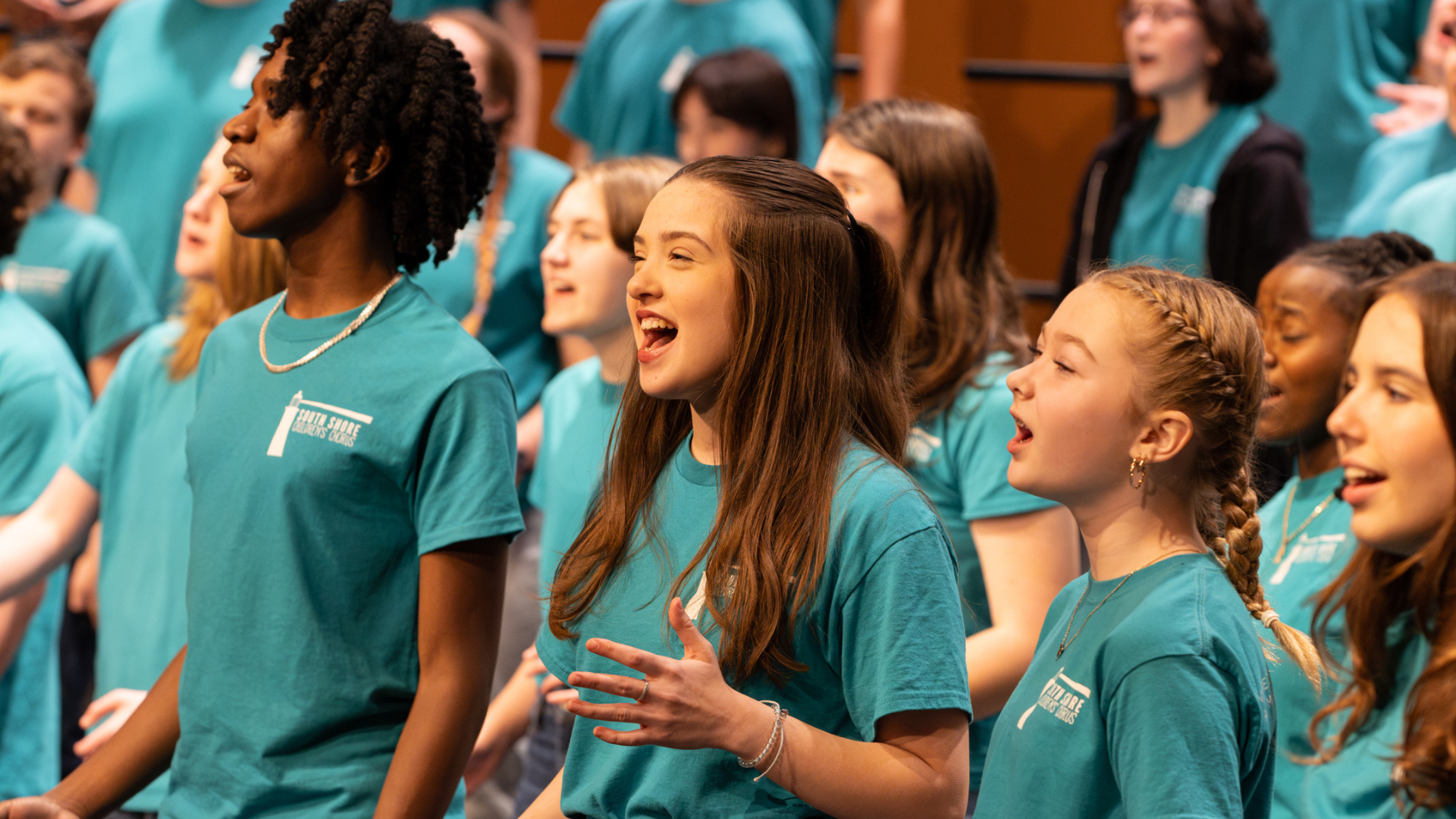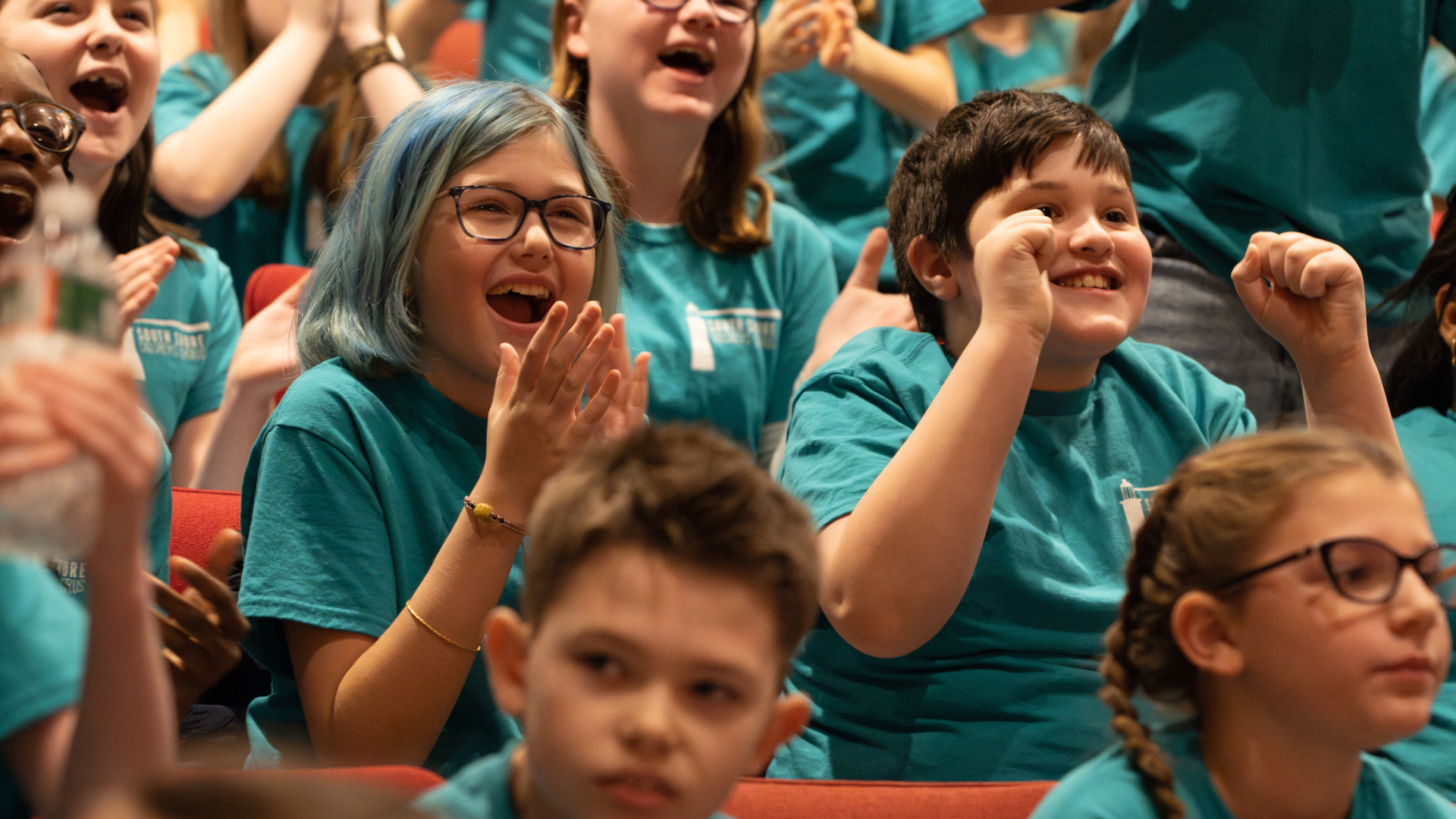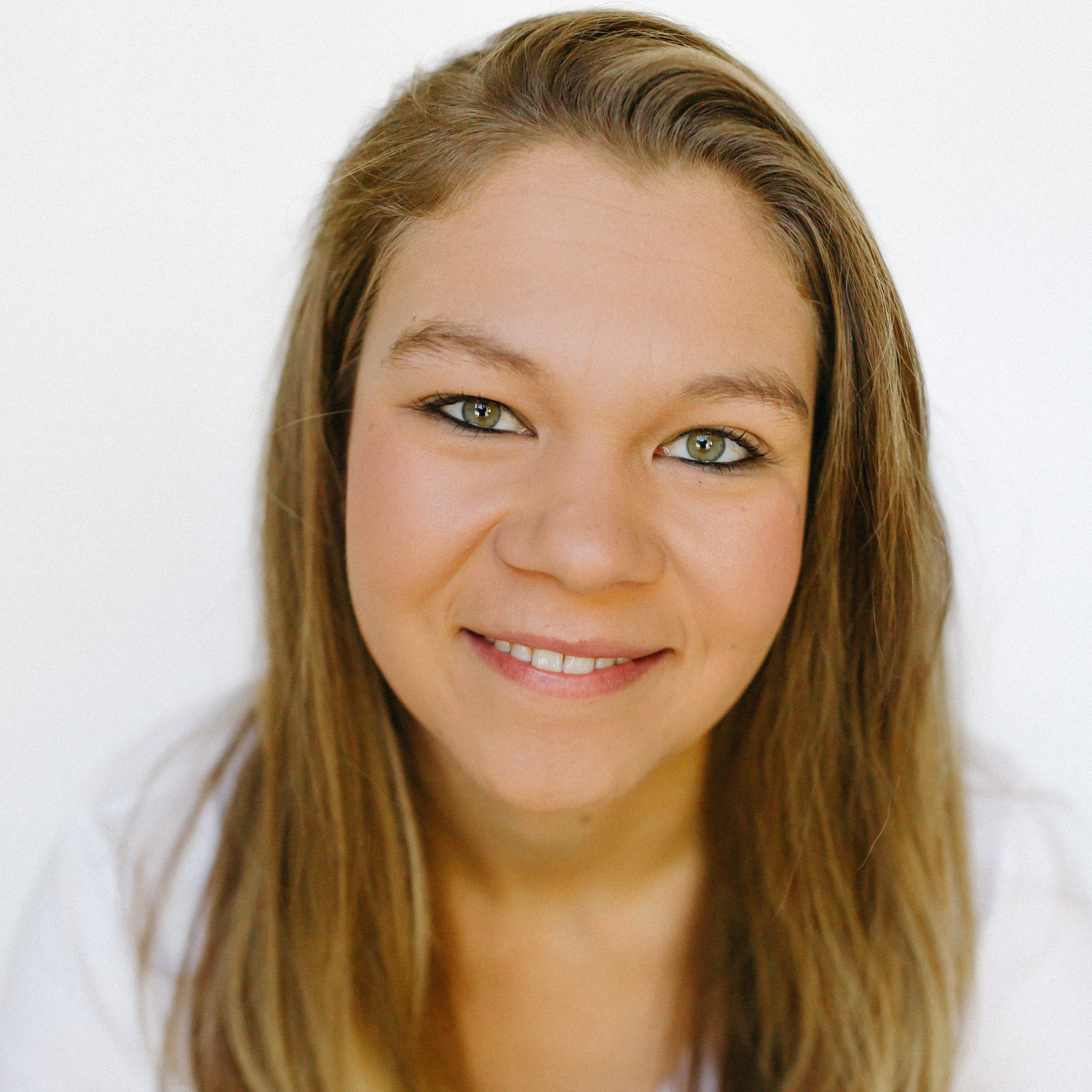
The full title should be “Books That Have Nothing to do With Chorus (That Taught Me More About Chorus Than Books About Chorus) Part 2”, but there is a character limit.
As we’re kicking off the new year (let’s go 2024!), many folks will set inspired goals, resolutions, and dreams. Perhaps, even, that goal/resolution/dream is to read more books! If so, this is a great article for you.
Instead of setting goals or resolutions for the new year, I like to make time for a good hard reflection on the last year and get really curious about where in my life my thinking can be challenged. Where have I limited myself? My art? My organization? Where in my life have I not asked myself the age old question - why?
Part two of my super-fun series about books that aren’t about chorus features an incredible book that helped me do just that. The author of this book - the absolutely incredible Priya Parker - opened up new lenses for me as I look at the world around me. She brings intention and creativity into the forefront - something I believe the choral world desperately needs - and does so with incredible clarity.
Book #3: The Art of Gathering, by Priya Parker
Run - do not walk - to order this book or audiobook (I have both, lol). This book absolutely changes the game. I promise you this book will affect how you think about your home, your classroom, your concerts, your dinner parties and more or less how you gather in life. Priya Parker is a flipping genius. This book is down to earth, practical, and tells you exactly what you need to do.
I love her writing style. Priya calls out several stories where people or businesses wanted the results without doing the work and points out how, well, that just isn’t going to work. For me, this book resulted in hours and hours and hours of reflecting, and eventually changing (I’m still in this step), how I go about gathering people.
As choir directors and arts leaders, we gather people quite literally all the time. Our whole career is based on a bunch of people coming together, whether it be a rehearsal, a concert, a fundraiser, or a classroom. We’ve often thought about how we do it. Maybe we’ve thought about structure or logistics. Maybe we’ve thought about what we want to do there. I know I’ve done a lot of thinking about the “culture” of the room. But what Priya offers is the key: getting right to the deepest issue of why gatherings struggle:
“But here is the great paradox of gathering: There are so many good reasons for coming together that often we don’t know precisely why we are doing so. You are not alone if you skip the first step in convening people meaningfully: committing to a bold, sharp purpose.”
If you’re thinking, “...our purpose is clear? A rehearsal? A class? A concert?” I don’t blame you. I also thought that was a bold, sharp purpose. But Priya goes on in her first chapter explaining that folks often confuse category with purpose. A rehearsal, class, or concert is a category. It isn’t a purpose.
For example: The purpose of my choir rehearsal is to rehearse the music. Well…it’s fine. It’s true. It’s logical. But is there really nothing beyond that? In the book, Priya tells stories of walking clients through finding their purpose and asking the question “why” to basically everything they say. Using her model, I’ll walk you through an example of this thought process:
Me: “What is the purpose of your choir rehearsal?”
You: “To rehearse the music for our concert.”
Me: “Why do you need to rehearse the music for your concert?”
You: “...because we need to know how the notes and rhythms go in order to be successful.”
Me: “Why do you need to be successful on the notes and rhythms?”
Then, my friends, there are multiple alternatives that really get down to the nitty gritty of the mission of your organization and your personal mission of why you do this. Answers could look like:
Purpose 1: “.....so the singers can feel confidence and pride in their work and themselves.”
Aha. Or:
Purpose 2: “.....so by working together, we can emotionally move the listener.”
Aha. Or even:
Purpose 3: “.....so we can impress the listener and other people in our field with how accurate and technically proficient the performing musicians in the group are.”
These are only three of hundreds of possible answers to these questions. The truth is, you have to continue to ask the question of why until you dig deep enough to find the purpose of your gathering.
As Priya lays out in the book, this is how you then can inform all of the decision making that goes into your gathering. Just looking at the three examples above, you can imagine how each rehearsal may differ in logistics, structure, and attendees depending on the varying purposes.
Rehearsal 1 may begin with rehearsing something that the singers know or can perform well, so that they can begin to feel the confidence they want to exude in performance as they travel in the rehearsal to lesser-known pieces or sections. Rehearsal 2 may have specific time set aside for community, or to talk deeply with one another about the lyrics so the pieces really exude emotionally in performance. Rehearsal 3 may be very musically focused and get directly down to business so the time can be spent efficiently perfecting every detail.
“A good gathering purpose should also be disputable. If you say the purpose of your wedding is to celebrate love, you may bring a smile to people’s faces, but you aren’t really committing to anything, because who would dispute that purpose? …an indisputable purpose doesn’t help you with the hard work of creating a meaningful gathering, because it won’t help you make decisions. A disputable purpose, on the other hand, begins to be a decision filter.”
None of these purposes are “better” or “worse” than another. But they are for sure wildly different. Perhaps you are thinking, “...but what about a purpose that aims to emotionally move the audience AND builds confidence in singers AND the performing musicians are accurate and technically proficient.” I see you. Really, I do.

As artistic people, we tend to have big dreams, big plans, and really really big hearts. When asking why, you may be able to phrase things so you can squeeze another purpose or two in there that are aligned. But we can’t be all things to all people, and that’s ok. At some point, we have to choose priorities. We have to be disputable and use our clear and bold purpose as a decision filter for the questions that we inevitably have to answer before planning any of our artistic gatherings.
For example, I have recently been experiencing this with my own organization, the South Shore Children's Chorus (SSCC). I’ve been really thinking about our concert at the end of January, and how to make the experience as intentional as possible (again…thanks Priya…). Our groups don’t perform themed music (aka “Light” or “The Elements,” etc.) so we’ve always just called it “A Winter Concert.”
I’ve done all this deep thinking about the organization, our mission, what we believe, and how we want to live out that mission week to week. For the one day we open our doors to the greater community and welcome in an additional 600-700 people for “A Winter Concert,” what did I do? I slapped together a catch-all name that worked and described a category (the WHAT - not a purpose) I kept it like that for almost eight years. I designed the event using a template from the past, which may or may not actually work for the intention of the organization and our mission. I put very little time and effort into the why of the event, and poured every ounce of thought into the how and what (aka event logistics).
I know this sounds like I'm being hard on myself. I promise I’m not. I recognize that I was building an organization from the ground up. I see that I had challenges and was in my 20’s and was trying to figure out HOW to get 400 people into a church with one bathroom in a snow blizzard in the middle of February when COVID had just reared up again. There was a lot of how and what needed to be figured out, and I became a quick expert at that task.
But our organizations and our art moves forward when we challenge ourselves and continue to grow. Since those moments in a snow blizzard of “how” thinking, I’ve hired an incredible SSCC alumni as a full-time operations manager, and our part-time rehearsal manager has taken over several of the logistical tasks for our concert day. Hiring trustworthy, smart problem solvers for these positions allows me to leave behind the how and what.
Creating time and space to deeply think about why allowed me to make some changes to planning our gathering to help it be more intentional to our mission. I had space to recognize that our organization was using the concert as a category, not a purpose.
“Isn’t the purpose of a networking night to network? Yes, to a point. But if that’s all it is, it will likely proceed like so many other networking nights: people wandering around and awkwardly passing out their business cards, practicing their elevator pitches on anyone with a pulse who’ll listen. It will likely not dazzle anyone. It may even make some guests feel awkward or insecure-and swear off future networking nights.
When we don’t examine the deeper assumptions behind why we gather, we end up skipping too quickly to replicate old, staid formats of gathering. And we forgo the possibility of creating something memorable, even transformative.”
The last two sentences of that quote reminded me that there is a “choir concert” template, but if we don’t ask why about that template, we can never transform our art going forward. And no, I’m not saying “throw out the old guard, we need to do everything differently!” But I am saying we perhaps need to think about it differently.
So,Kirsten…what are you doing differently in January for your winter concert since you are thinking about the why instead of the how and the what? First of all, I want to say that…it’s hard. It’s really hard to think about everything. There are things we are changing, but I’m very sure that I have not thought about every single thing and asked why about it. Even more, if I have, changing too much at once can be a shock to the system and I recognize that it may take time to align every choice with our bold purpose.
Step 1:Identify that bold purpose.
Priya lays out a chart in her book (p. 25) about defining purpose that I will use here as a model. (I love how she just calls it right out…my kinda gal.)
|
Gathering Type |
Your Purpose is a category (i.e., you don’t have a purpose) |
Basic, boring purpose but at least you’re trying |
Your purpose is specific, unique, and disputable (multiple alternatives) |
|
Choir Concert |
To perform songs for an audience. |
To share what we’ve learned in choir this semester with family and friends. |
|
Just that alone totally changes the game, doesn’t it? It puts it into a bit of perspective!
When the purpose is clear to you as a singer, staff member, and audience member (maybe even a donor…?), you are immediately going to engage differently in the gathering.
Priya talks in her book about the gathering’s purpose being assumed by those that are gathering. When the purpose is assumed, the assumption will likely be the category, or even a purpose that is made up by someone attending. Let’s go back to our example from earlier. As an audience member, if I understand that the purpose is to show how technically accurate the musicians are I may listen very differently than if I understand that the purpose is for the singers to emotionally move me. (Please note the use of “may” here is very important. This is totally dependent on who you are as an individual and your experiences. So please don’t come at me saying that people can be emotionally moved by the technical accuracy of the music. I know that 🙂.)
Another thing to consider: how are friends/family of the singers reacting at the end of the performance when they see the person they know who was singing? When the audience members know the purpose, their reactions may be different. Reactions may vary from “Seeing you shine so confidently and was beautiful” to “the intonation on those chords was outstanding - everyone was so together!” Again, no reaction is wrong, and it may be a mixture. But can we craft something here to help our experience reach its full potential to fulfill our intentional purpose?
Step 2: Look at the why and the individual aspects of the gathering, and align the hows and whats with the why.
Here are some of the changes we are going to make to our concert in January. (Do I know if it’s going to work or change anything? Nope. Am I gonna try? You betcha.)
Change #1: Title Change. Instead of calling it “A Winter Concert”, the title of this January’s concert is “Hearts through Song: A Winter Concert Gathering”. (Truthfully, I wanted to take the word “concert” out of it entirely, but feared that it was too divergent from what our audience knows that it might actually be less clear what the event was supposed to be.) The title “Hearts through Song” captures what we’re trying to do pretty clearly - show you our hearts through the vessel of song.
Change #2: Speaking at the concert. Previously, each one of our teachers had a chance to speak at the concert about the piece they were conducting. While I think this idea was great - audience and family members got to hear from their child’s teacher regarding the educational aspects about what the children were learning all semester - it is also did not totally align with our specific purpose. By getting really specific about who speaks at the concert and about what, we can really align those words and that time with what our purpose is.
Change #3: Get everyone on the same page. In my opening words for the concert, I am going to state our purpose to the audience out loud. Will it change anything? Who knows. But it may challenge them to think differently about how to engage.
Change #4: Talk-back without us. I have always been interested in the conversations that happen post-performance. Many families go out to eat afterward, or celebrate in some way. As I reflected on Priya’s book I wondered - what is the conversation at dinner, or in the car on the way home from our concert? Do parents/guardians of our children who maybe don’t have a music background have a way to access and engage with their children about what just happened? How can we have a greater impact than “wow that was amazing!” Perhaps family members don’t have the tools - or just haven’t thought of them - to have an in-depth conversation with their child about their human and musical experiences with SSCC.
This concert, I am going to stuff every program with “conversation cards” for after the concert. These cards can help guide conversation, and give family members some ideas of how to unpack their child’s experience with them. Some questions that will be on the cards will be:
- What song do you feel like helped you grow the most? How did it help you grow
- Did you have a favorite lyric to sing? Why was it your favorite? My favorite was _____, and this is why. (we print all the texts in our program, so this gives the audience a reason to read them!)
- What does your teacher at SSCC do to help you feel confident before a performance?
- I was feeling (emotion) during this specific song. Do you feel that way singing it? If not, how do you feel?
- Are you different than you were in September? If so, how? If not, is there a way that you want to grow for the next concert?
My parents were both music educators, and even so we never had post-performance conversations like this growing up. Of course, I don’t expect every family to take me up on it, but some will. I am so curious. I wonder what the change will be. I wonder what would happen if these same conversation cards influenced our post-concert all-staff meeting, or how we plan repertoire for the next semester.
My guess is it will help our purpose to be stronger.

*deep breath* OK. So getting back to Priya and her incredible book. I’m 2700 words in on this blog article and guess what folks - it’s based on like the first 6 pages of the very first chapter. There is so much more to learn from Priya and her book - so many ways that she thinks about gathering, challenges the status quo, and inspires people to engage with one another. Her book offers examples of meetings, personal dinner parties, baby showers and courtrooms.
Priya won’t let you off the hook. As you read her writing and reflect on her suggestions, you’ll quickly realize that you’ll have to let some things go. (For example: I loved having each of the teachers talk at the concert. In fact, I’ve been adamant about it when they beg me not to. But upon deep reflection, I’ve had to let it go. It’s the worst for us stubborn-type folk who have a lot of ideas…)
Priya writes many stories throughout the book that are examples of people or businesses who like the idea of changing their gathering, but struggle when it comes to actually putting the purpose into action. For lack of a better way to say it - Priya isn’t interested in you half-assing it. She knows it won’t work, and to be totally honest - I believe her.
She also recognizes that by getting clear and intentional about your gathering’s purpose you may lose people or have some disgruntled feelings here and there. She tells a story about how the New York Times editor Dean Baquet changed the 70-year tradition of the “Page One” meeting. Due to digital news becoming the way consumers were engaging, the daily meeting of “what needs to be on the front page of the paper” was becoming more or less obsolete. The process, structure, and purpose needed to change. Changing this tradition unlocked new questions, and allowed writers and editors to really dive deeply into how the work was changing. She explains how there were some editors that were unhappy with the changes. She also explains how this is just a part of the process.
“Of course, ritualized gatherings are never ritualized at the beginning. The initial idea emerges to solve a specific challenge…A structure is designed to bring people together around that need. Then that gathering gets repeated again and again, year after year, and often the elements of the gathering become ritualized. That is to say, people begin to attach meaning not just to the meeting’s purpose but also to the meeting’s form. People come to expect these elements of form and even take comfort in them. Over time, the form itself plays a role in shaping people’s sense of belonging to the group and their identity within that group: This is who we are. This is the way we do things around here.
This attachment can be powerful when the form matches the purpose and need of the group. But…when the need begins to shift and the format is solving for an outdated purpose, we can hold on to the forms of our gatherings to the detriment of our needs.”
I leave you with this quote, and the urge that you go read Priya Parker’s book. Make it a staff-read over the summer, or required reading for your next board meeting. This book can help focus your mission and determine your unique place in the world.
At the very least, it will help you throw a slammin’ next dinner party. 🙂

Kirsten Oberoi is a music educator, podcaster, composer, vocalist, and arts administrator in the Boston Area. She is the Founding Artistic Director of the South Shore Children's Chorus, the General Manager of the Greater Boston Choral Consortium, and recently launched her podcast Choral Connectivity: A People-First Approach to Singing. When not chorus-ing 24/7, Kirsten enjoys cooking meals for her and her choral-director-and-musical-theatre-composer husband and heading to competition obedience class with her two golden retriever puppies Chester and Charlie.

